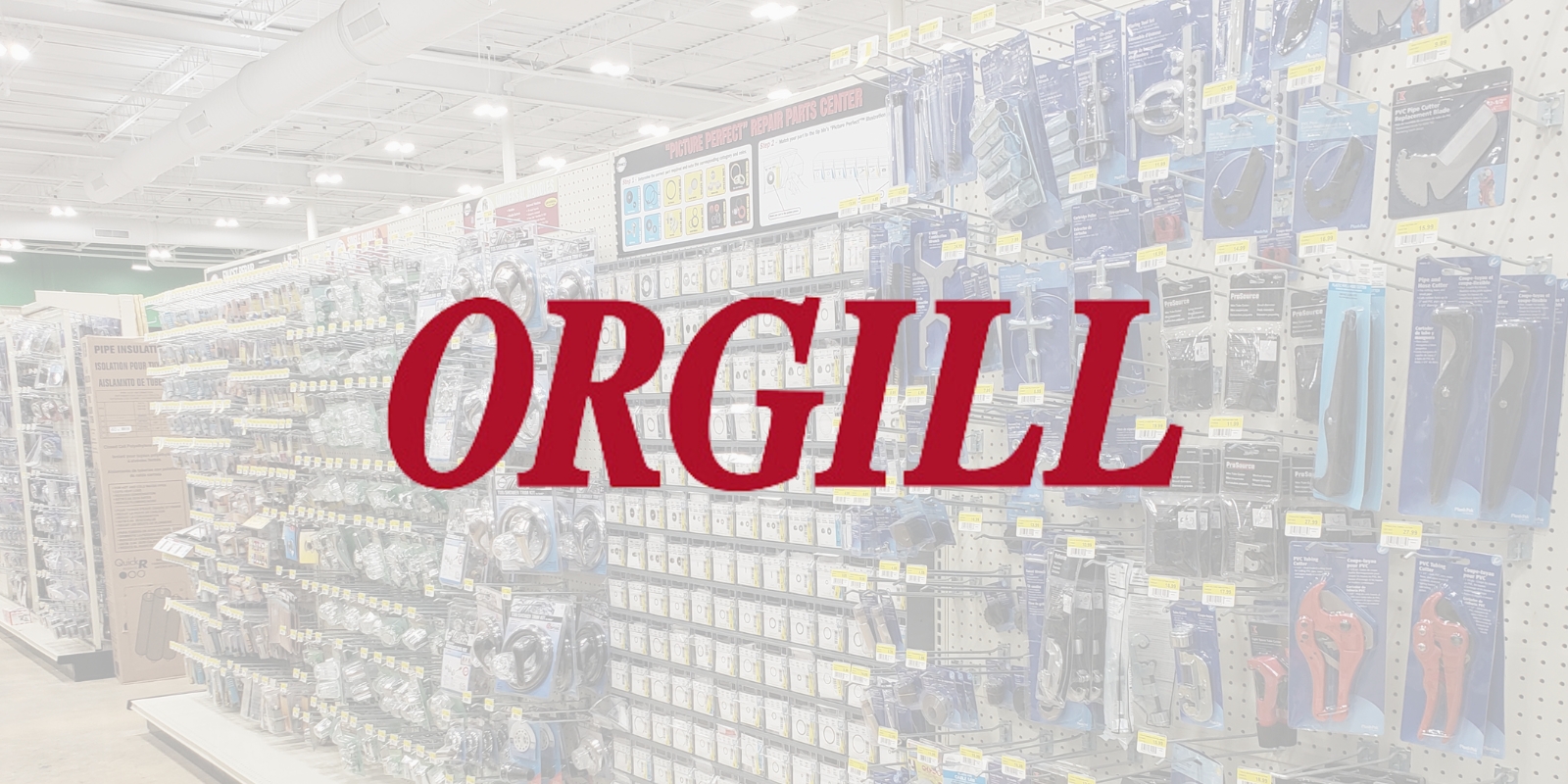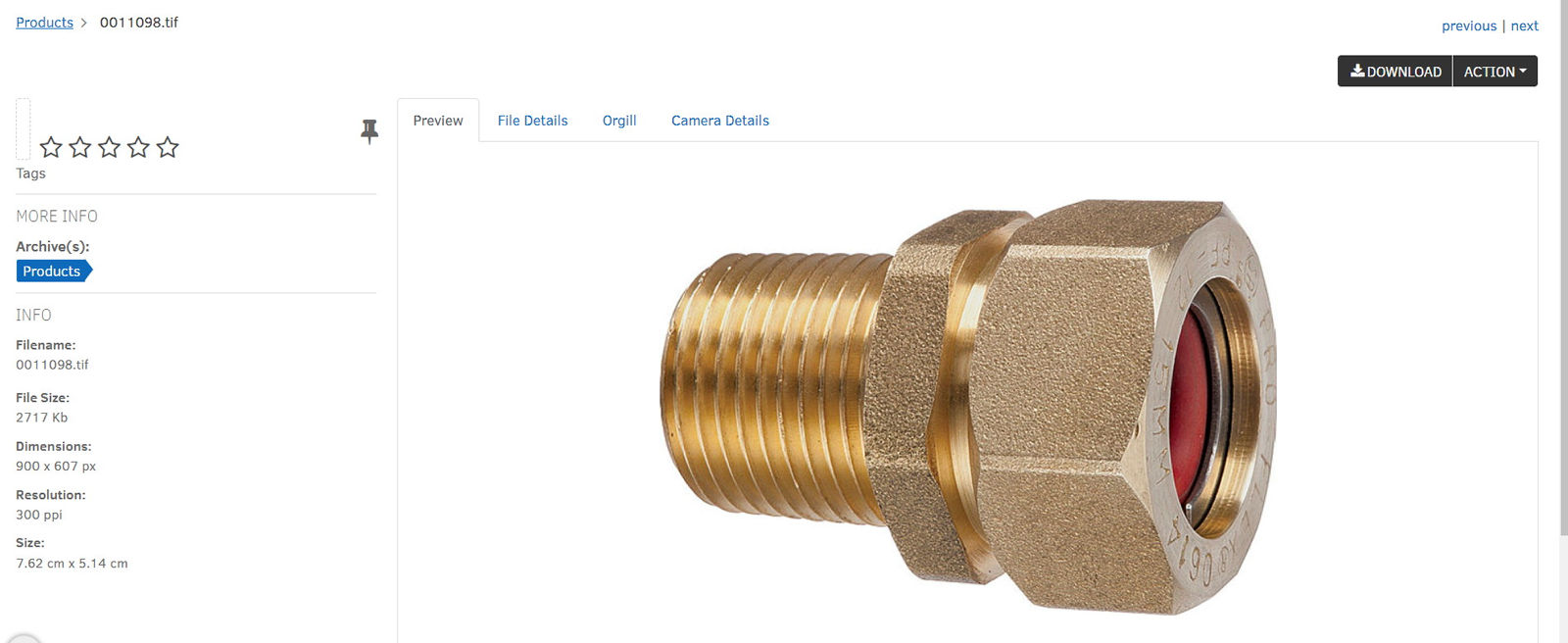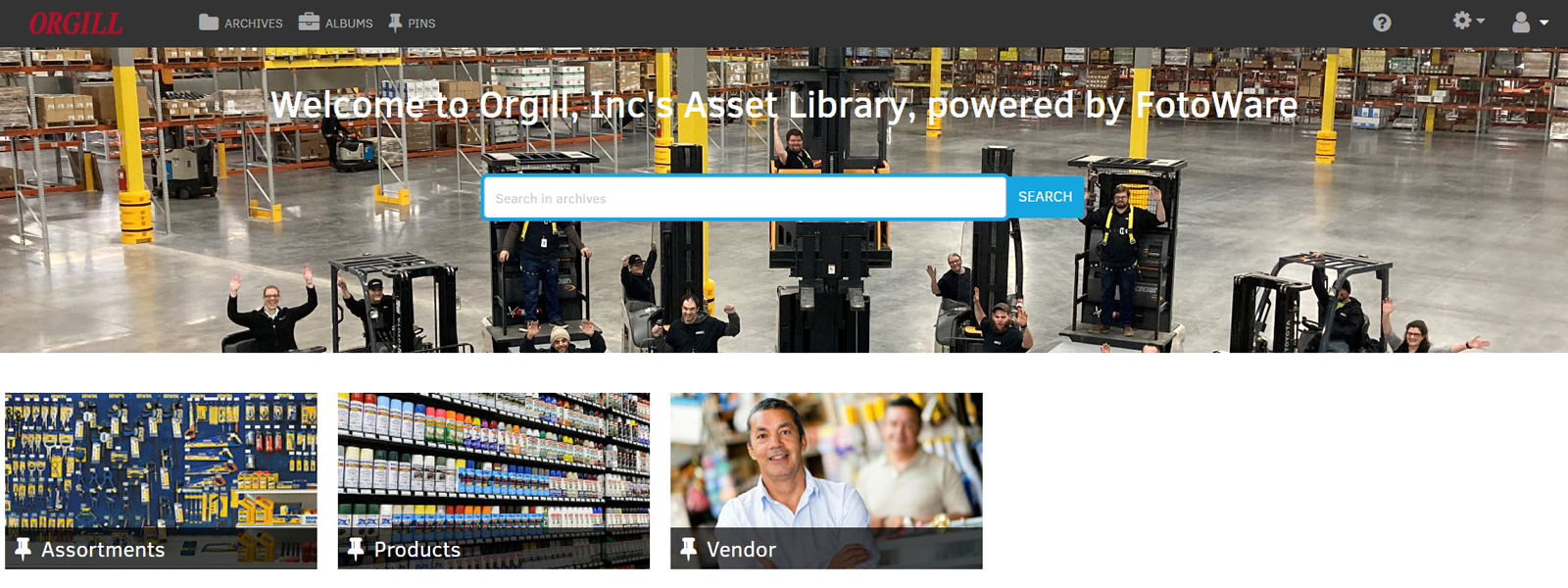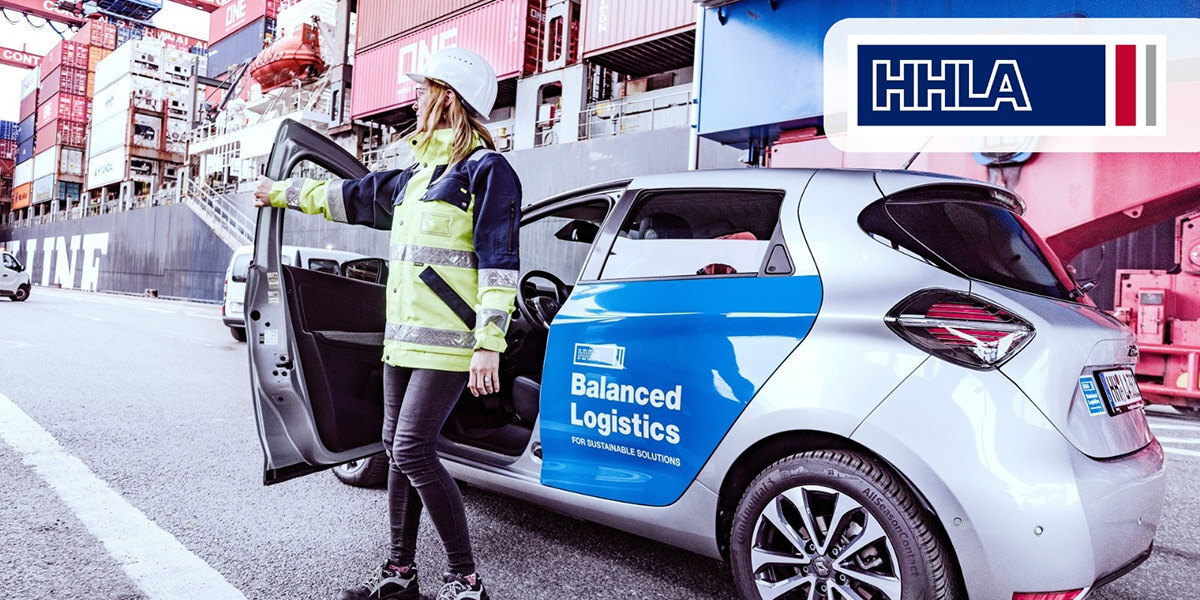
DAM in Wholesale: How Orgill distributes thousands of images
Providing hardware to thousands of stores requires a lot of coordination, and logistics are key to success. For the wholesale distributor, Orgill, this also means ensuring every vendor has access to all images associated with their products and can easily find and use these.
Therefore, they use Fotoware to store and manage digital assets, making thousands of images and other files available to employees and third parties.
About Orgill
Established back in 1847, Orgill is one of the world’s largest independent hardware distributors. Today, they serve more than 12,000 retail stores, home centers, pro lumber dealers, and farm stores throughout the U.S., Canada, and over 50 other countries. Considering their vast size, both in terms of product selection and partnerships, they're undoubtedly an industry leader and distribute a wide range of products and services.
— “We run stores ourselves, and then we do warehousing for third parties. We also do product information and e-commerce, providing such facilities to associated stores and partners. In this sense, we provide back-office support and fulfillment for thousands of vendors.”
Distributing images to externals
Within the Orgill enterprise, there are several types of retailers and distributors. There are stores owned and operated by Orgill, and there are warehouses managing and distributing hardware to other retailers. Product data and images are central parts of the strategy and are handled by Orgill as well. Receiving requests from externals regarding product images is common, which has in the past resulted in a lot of manual labor.

An example of an Orgill product as featured in their Fotoware DAM system
— “Product- and assortment images are a key element of the data that we provide for our customers. If you go into a hardware store, you may see a rack, which is all one theme. That's what we call assortments. We also have PDF files containing product specifications, which is also important for vendors. So, it's more than just images; it's digital assets that are key in order to offer complete product information.”
Building an integrated hub
As for most wholesale distributors, it's central to Orgill's strategy that digital assets can easily be found without help. By integrating the Fotoware DAM with their Product Information Management (PIM) system, they ensure that each file is tagged with all associated metadata, making it easy to find the right images when searching the database.
— “Before Fotoware, if any of our customers wanted images of any kind, they would e-mail us through our help desk, and someone would have to manage these and manually locate and process the files and provide these back to them. So it was all a very manual process. Therefore, by integrating Fotoware, we've empowered our customers: we now link to our Fotoware system through our website, and we’ve uploaded all our product images and relevant assets to this platform, which has a lot of metadata embedded in the back end, making everything searchable. So we've enabled and empowered our customers to search for and get their own images without reaching out to our help desk.”
LEARN MORE: How Lindex increases speed-to-market with the Fotoware DAM solution
Digital Asset Management in wholesale
For wholesale retailers, it’s important to ensure a single source of truth across the organization. Companies in this industry often have thousands of product images with associated metadata that must be managed effectively and distributed to the right people and channels. Such processes can become quite cumbersome without the necessary structures in place, which is why many wholesale companies invest in technical solutions to facilitate dynamic content hubs.

A visualization of Orgill's DAM system
— “We don’t get that many image requests anymore. Because if we do, we send them further to Fotoware, where they can easily help themselves. So, it has made a financial impact in the sense that the team that has had to handle such requests can focus on other things. We haven’t reduced the headcount, but we’ve been able to divert them to other tasks that they didn't have time to do before. So, we've saved on the amount of internal resources we needed to manage our customers.”
Want to learn more?
Talk to one of our experts to discover how we can streamline your organization's content workflows.


